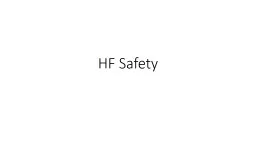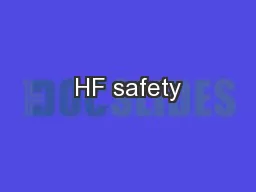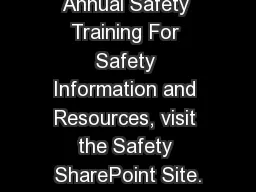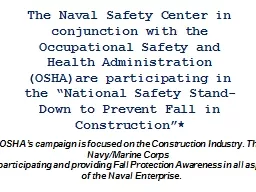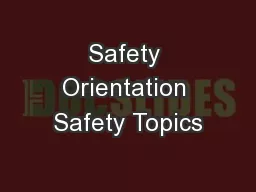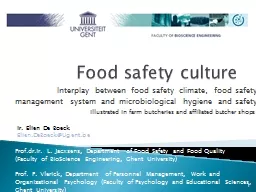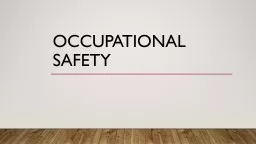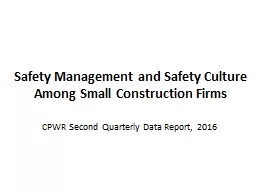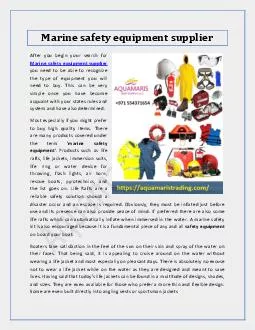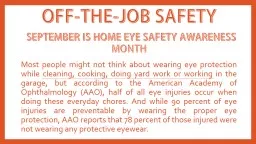PDF-Safety and HealthAdministrationwwwoshagov
Author : helene | Published Date : 2022-08-20
OSHA 313606R 2004 This informational booklet provides a general overview of a particular topic Occupational Safetyand Health Act of 1970tions and enforcement policy
Presentation Embed Code
Download Presentation
Download Presentation The PPT/PDF document "Safety and HealthAdministrationwwwoshago..." is the property of its rightful owner. Permission is granted to download and print the materials on this website for personal, non-commercial use only, and to display it on your personal computer provided you do not modify the materials and that you retain all copyright notices contained in the materials. By downloading content from our website, you accept the terms of this agreement.
Safety and HealthAdministrationwwwoshagov: Transcript
Download Rules Of Document
"Safety and HealthAdministrationwwwoshagov"The content belongs to its owner. You may download and print it for personal use, without modification, and keep all copyright notices. By downloading, you agree to these terms.
Related Documents


